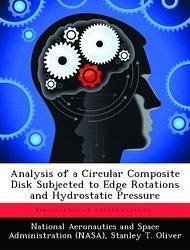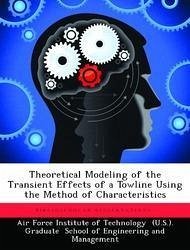
A Study of Collapse Events in Ultraviolet Light Filaments Due to Transient Edge Effects
Versandkostenfrei!
Versandfertig in über 4 Wochen
54,99 €
inkl. MwSt.

PAYBACK Punkte
27 °P sammeln!
Intense, short light pulses can form filaments capable of propagating kilometers through the atmosphere. This is due to the nonlinear index of refraction of the atmosphere in response to the pulse's high intensity, which creates a self-focusing effect that further intensifies the pulse. This focusing is balanced by the formation of defocusing plasma by the pulse. A split-step propagation model was used to simulate the propagation of these pulses through the atmosphere and investigate the collapse of long ultraviolet pulses of 10-100 picoseconds in duration due to transient edge effects. The st...
Intense, short light pulses can form filaments capable of propagating kilometers through the atmosphere. This is due to the nonlinear index of refraction of the atmosphere in response to the pulse's high intensity, which creates a self-focusing effect that further intensifies the pulse. This focusing is balanced by the formation of defocusing plasma by the pulse. A split-step propagation model was used to simulate the propagation of these pulses through the atmosphere and investigate the collapse of long ultraviolet pulses of 10-100 picoseconds in duration due to transient edge effects. The structures of individual collapse events in the pulse were characterized. The pulses collapsed linearly, yet independently of the initial pulse power.














